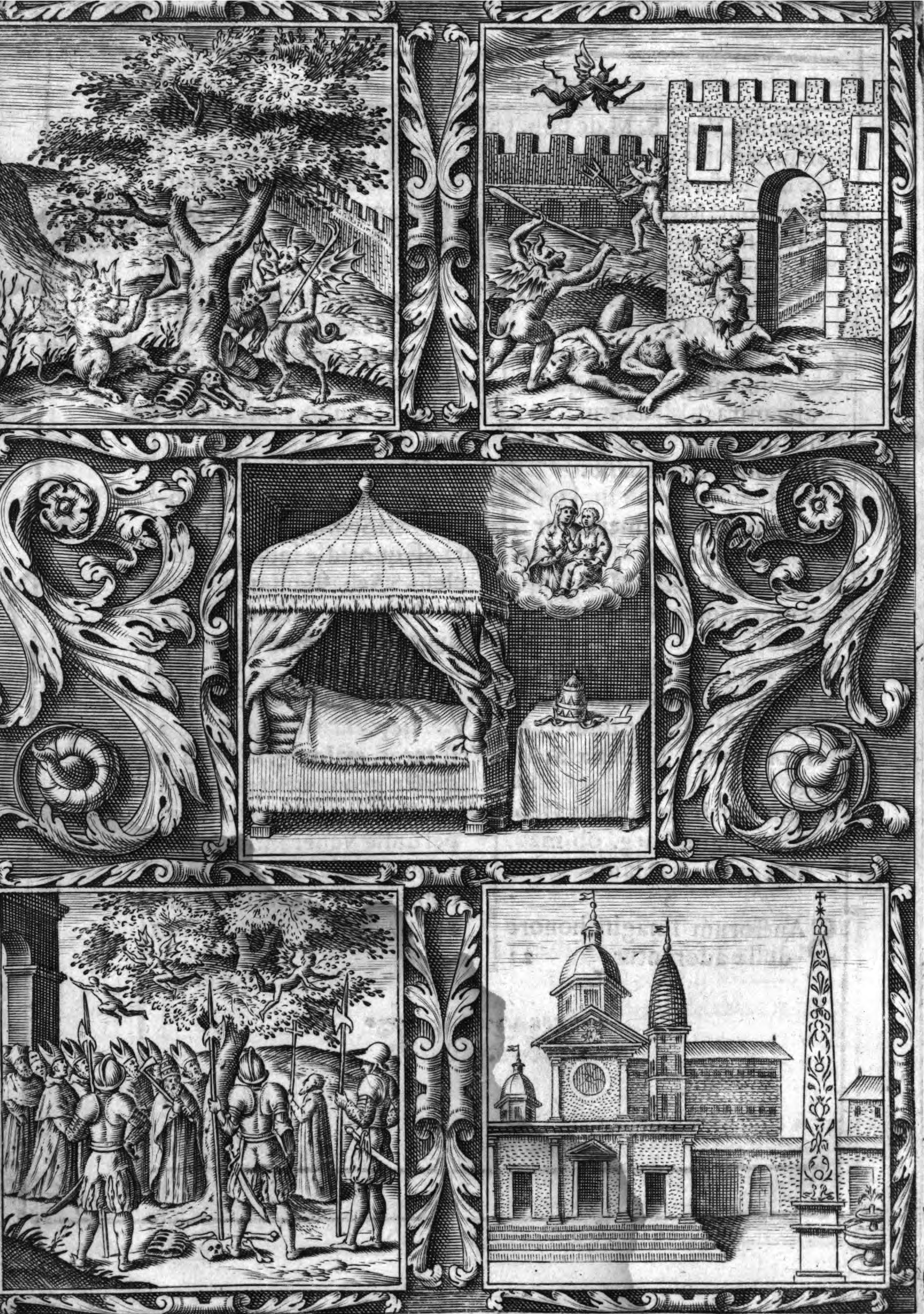|
Flavio Chigi (1810–1885)
Flavio Chigi (Rome, 31 May 1810 – Rome, 15 February 1885) was an Italian Catholic Cardinal, Archbishop and Nuncio. Biography Son of Agostino Chigi and Amalia Carlotta Barberini Colonna di Sciarra, Flavio Chigi belonged to the noble Roman Chigi family originating from Siena, which included among its illustrious ancestors: Pope Alexander VII, and several cardinals such as two of his namesakes Flavio Chigi (1631–1693), Flavio Chigi (1711–1771) and Sigismondo Chigi. He studied with private tutors and later studied theology with the Jesuits in Tivoli. Initially initiated into a military career, he was enrolled in the Papal Noble Guard until 1848 and then ordained a priest on 17 December 1853 and became a canon of St. Peter's Basilica in the Vatican, acquiring the title of Secret chamberlain of His Holiness. On 19 June 1856 he was appointed Titular archbishop of Myra. He received episcopal consecration on 6 July of the same year from Pope Pius IX in the Pauline Chapel of the Qui ... [...More Info...] [...Related Items...] OR: [Wikipedia] [Google] [Baidu] |
Santa Maria Del Popolo
The Parish Basilica of Santa Maria del Popolo () is a titular church and a minor basilica in Rome run by the Augustinian order. It stands on the north side of Piazza del Popolo, one of the most famous squares in the city. The church is hemmed in between the Pincian Hill and Porta del Popolo, one of the gates in the Aurelian Wall as well as the starting point of Via Flaminia, the most important route from the north. Its location made the basilica the first church for the majority of travellers entering the city. The church contains works by several famous artists, such as Raphael, Gian Lorenzo Bernini, Caravaggio, Alessandro Algardi, Pinturicchio, Andrea Bregno, Guillaume de Marcillat and Donato Bramante. History Legendary founding The well-known foundation legend of Santa Maria del Popolo revolves around the evil memory of Emperor Nero and the cleansing of the area from this malicious legacy by Pope Paschal II. As the story goes, after his suicide Nero was buried in the mau ... [...More Info...] [...Related Items...] OR: [Wikipedia] [Google] [Baidu] |
19th-century Italian Roman Catholic Archbishops
The 19th century began on 1 January 1801 (represented by the Roman numerals MDCCCI), and ended on 31 December 1900 (MCM). It was the 9th century of the 2nd millennium. It was characterized by vast social upheaval. Slavery was Abolitionism, abolished in much of Europe and the Americas. The First Industrial Revolution, though it began in the late 18th century, expanded beyond its British homeland for the first time during the 19th century, particularly remaking the economies and societies of the Low Countries, France, the Rhineland, Northern Italy, and the Northeastern United States. A few decades later, the Second Industrial Revolution led to ever more massive urbanization and much higher levels of productivity, profit, and prosperity, a pattern that continued into the 20th century. The Catholic Church, in response to the growing influence and power of modernism, secularism and materialism, formed the First Vatican Council in the late 19th century to deal with such problems an ... [...More Info...] [...Related Items...] OR: [Wikipedia] [Google] [Baidu] |

